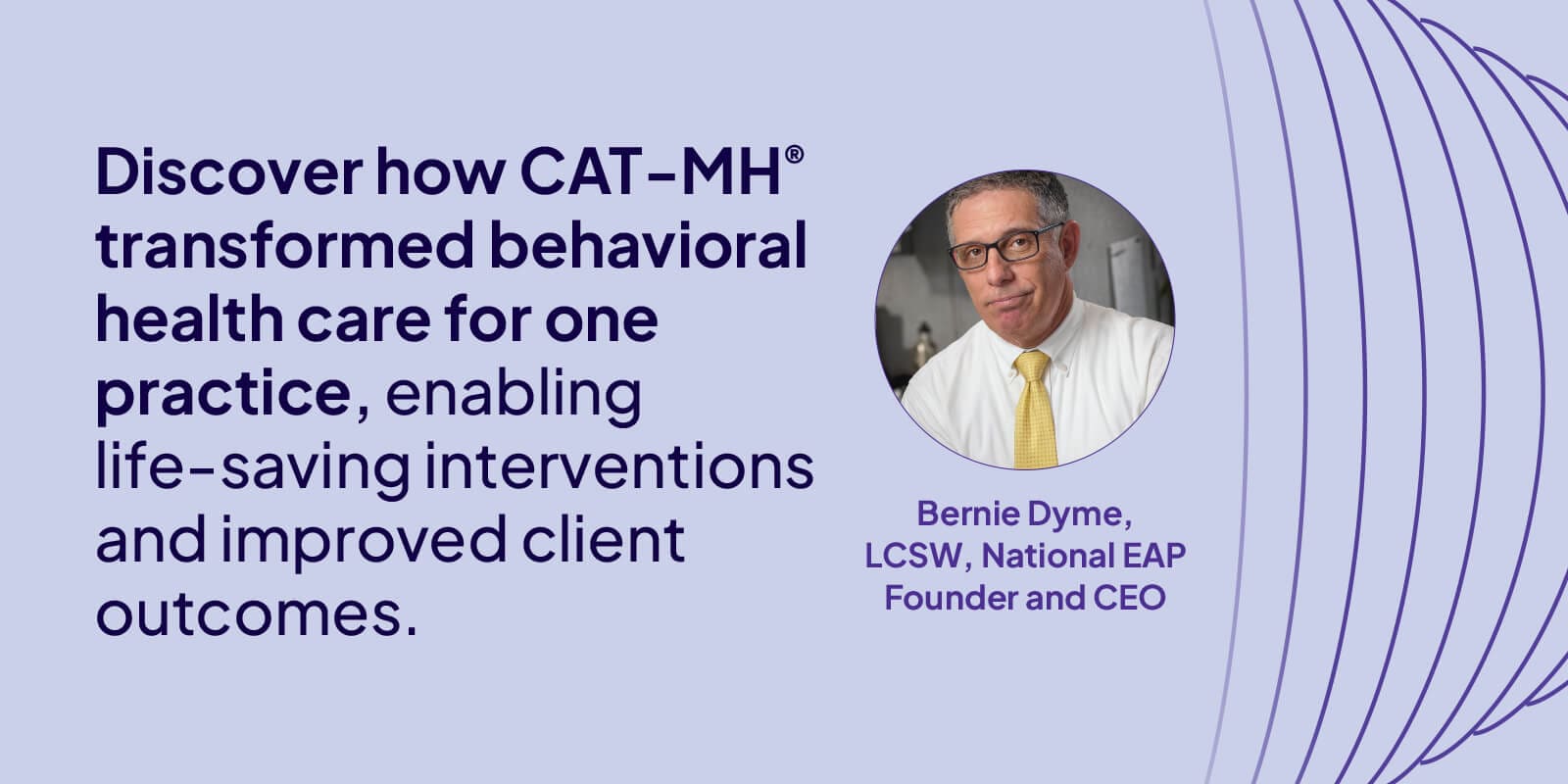Dean’s Blog: How I dealt with my “connection anxiety” while going from paper-pencil to digital testing.

I have a confession to make. During the early years that the Pearson research team and I were developing the D-KEFS™ Advanced (all-digital tests of executive functions), I was reluctant to use digital assessments in my private practice. I felt a bit hypocritical; here we were striving to create state-of-the-art digital tests of executive functions, yet in my own practice, I was clinging to tried-and-true print versions of tests, even for questionnaires like the MMPI-3®.
Read more





